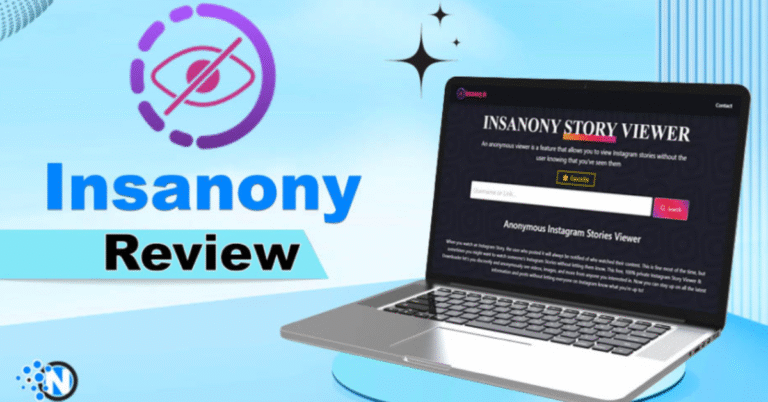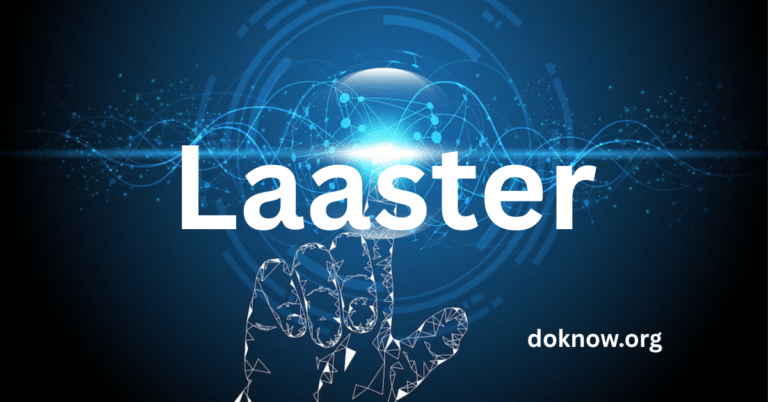How Rub Ranking Shapes Industry Performance Metrics
In a data-driven world where performance metrics dictate everything from market trends to product success, Rub Ranking has emerged as a silent influencer. Although the term might not be as mainstream as SEO or ROI, it holds a powerful place in sectors like digital marketing, product reviews, performance analysis, and even academic assessments. Its growing importance lies in how it simplifies complex evaluations into measurable and comparable formats.
This article dives deep into Rub Ranking, uncovering what it is, how it works, and why it’s gaining attention across industries. Whether you’re a marketer trying to assess campaign effectiveness or a startup founder aiming to track product engagement, understanding it can refine your strategic decisions. Designed for a global audience, this guide provides a clear and comprehensive view of rub ranking, using human-friendly language and up-to-date insights.
Read on to uncover how it is influencing everything from consumer ratings to algorithmic assessments—and why it’s worth knowing for future-proof decision-making.
What Exactly Is Rub Ranking?
It is a way to judge or evaluate something by using a rubric—a scoring guide made up of several criteria. Each criterion shows what makes something excellent, good, fair, or poor. Then, based on how something performs in each area, it gets a rank.
Imagine a teacher grading an essay. Instead of just reading it and guessing a grade, they look at:
- Grammar
- Structure
- Creativity
- Accuracy
Each part gets its own score. That’s in action.
Why It Matters:
- Gives fair and clear evaluations
- Shows what was done well and what needs work
- Helps people improve over time
- Can be used almost anywhere: schools, workplaces, product reviews, etc.
is a great way to make decisions and evaluations smarter—not just based on gut feeling.
How Is Rub Ranking Used in Education?
One of the most common places you’ll see rub ranking is in schools and universities. Teachers use rubrics to grade everything from homework and projects to presentations.
Example of a Rubric for a Presentation:
- Content Knowledge: Is the topic well-understood?
- Speaking Skills: Clear voice, good pace?
- Visual Aids: Helpful slides or posters?
- Engagement: Did the presenter keep the audience interested?
Each of these points is given a score, and together they form the final grade.
Benefits for Students:
- Understand why they got a certain grade
- Know how to improve next time
- Feel more confident and guided
it’s makes learning more transparent and fair for everyone.
Rub Ranking in the Workplace
In businesses, especially in performance reviews, it is becoming popular. Managers can use rubrics to evaluate employees more fairly and clearly.
Sample Rubric Criteria for Employee Evaluation:
- Punctuality
- Teamwork
- Communication Skills
- Quality of Work
- Problem Solving
Each category is rated, and then an overall performance score is created. This helps avoid guesswork or bias and supports honest conversations between employees and managers.
Why It’s Useful in Companies:
- Makes feedback constructive, not critical
- Encourages growth and accountability
- Helps HR teams make informed decisions
Using rub ranking at work builds trust and clarity in evaluations.
How Helps in Product Reviews and Design
Have you ever read a product review and found it too vague? Rub ranking can solve that.
For example, a tech website reviewing a new smartphone might use rubrics to score:
- Battery Life
- Camera Quality
- User Interface
- Value for Money
Each area gets a rating, and readers get a clearer view of the product’s strengths and weaknesses.
Why It Matters for Consumers and Businesses:
- Consumers get better buying decisions
- Companies get useful feedback for improvement
- Reviewers offer trustworthy, structured opinions
It helps people know what to expect from a product in a more reliable way.
Rub Ranking in Creative Projects
In creative industries—like art, writing, and film—it gives a way to respect creativity while maintaining structure.
For example, in a short story contest:
- Plot might be scored for originality
- Characters for development
- Language for clarity and richness
This helps judges compare entries fairly while still appreciating the unique value of each piece.
Why It Works for Creatives:
- Keeps scoring objective but flexible
- Respects artistic differences
- Provides helpful feedback to creators
It makes creative evaluations less about personal taste and more about consistent judgment.
Rub Ranking and Artificial Intelligence (AI)
AI systems today need to be trained with good data. Rub ranking helps evaluate AI models by checking:
- How accurate they are
- How fair they are
- How well they respond to users
Rubrics help developers rank different AI versions and pick the best ones.
Key Benefits:
- Ensures ethical development
- Makes AI tools more user-friendly
- Gives clear paths for improvement
In the fast-moving tech world, it helps AI evolve in a controlled, fair, and useful way.
Challenges of Using Rub Ranking
While rub ranking is great, it’s not always easy to set up or apply.
Some challenges include:
- Time-consuming to create good rubrics
- Needs training to avoid bias
- Can become too complex if not planned well
But with practice and proper tools, these issues can be managed.
Tips to Overcome Challenges:
- Use online tools to design rubrics
- Keep rubrics simple and focused
- Train teams or students on how to use them
The payoff is worth the effort—more fairness, better feedback, and smarter decisions.
Where Is Rub Ranking Heading in the Future?
It is expected to grow in popularity because people and companies want better ways to measure success. It will likely be used more in:
- Online learning platforms
- Remote work performance tracking
- Customer service feedback tools
As we move into more personalized and data-driven systems, will help make evaluations feel more human, fair, and useful.
FAQs
Q. What does rub ranking mean?
Rub ranking is a method of scoring or judging something using a rubric—a guide that lists clear criteria to rate performance in specific areas.
Q. Where is rub ranking used the most?
It’s commonly used in education, workplaces, product reviews, creative competitions, and even artificial intelligence training.
Q. How does rub ranking improve fairness?
It helps reduce guesswork or bias by using structured, predefined scoring criteria that everyone can follow and understand.
Q. Can rub ranking be automated?
Yes, with the help of software, rub ranking systems can be set up digitally, especially in online learning or employee management platforms.
Q. Is rub ranking only for teachers?
Not at all. Businesses, designers, reviewers, HR professionals, and even AI developers use rub ranking for better, clearer evaluations.
Q. What makes a good rubric for rub ranking?
A good rubric is clear, focused, includes several key criteria, and explains what different levels of performance (like excellent or poor) look like.
Q. Can rub ranking be used for group work?
Yes, it works well for evaluating group projects by scoring different aspects like teamwork, collaboration, task completion, and communication.
Q. How does rub ranking help in learning?
It gives students detailed feedback on their strengths and weaknesses, making it easier to know how to improve their work or skills.
Q. Is rub ranking suitable for automated systems?
With structured rubrics, rub ranking can be automated for AI and machine learning tasks, especially in classification and quality control.
Q. How does rub ranking help in education?
It supports fair grading by assessing multiple aspects like content, presentation, and logic using a standard rubric, helping students improve.
Q. Are there any tools that support rub ranking?
Yes, many LMS platforms, HR systems, and design evaluation tools now include features to build and apply rubrics for ranking purposes.
Q. Does rub ranking eliminate bias?
While it reduces subjectivity compared to informal scoring, consistent evaluator training is key to minimizing bias in rub ranking systems.
Q. Can be applied to content creation?
Absolutely. Writers and SEO specialists use it to assess content readability, keyword integration, structure, and engagement value.







